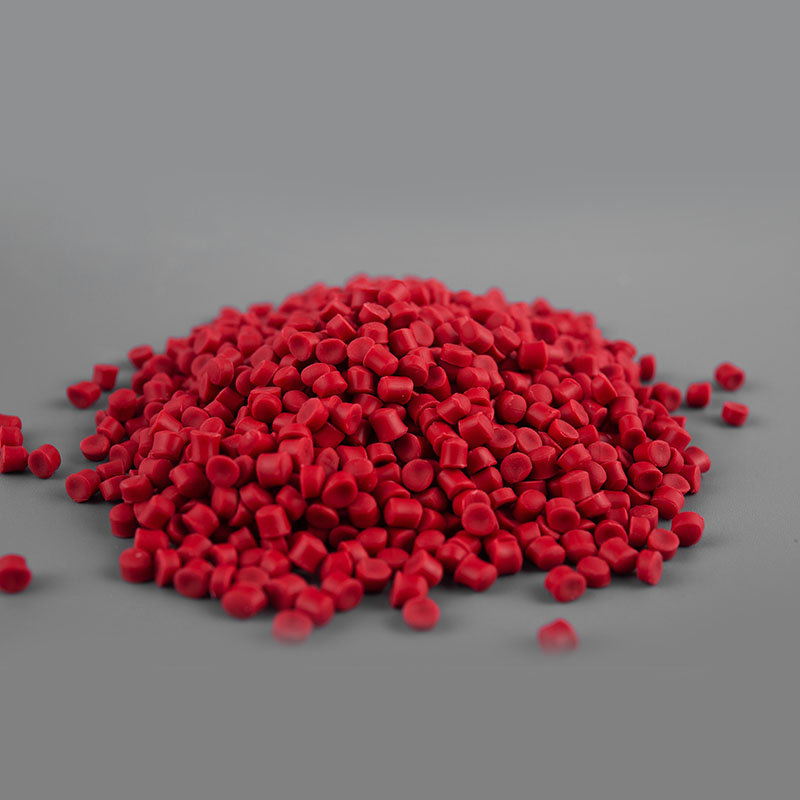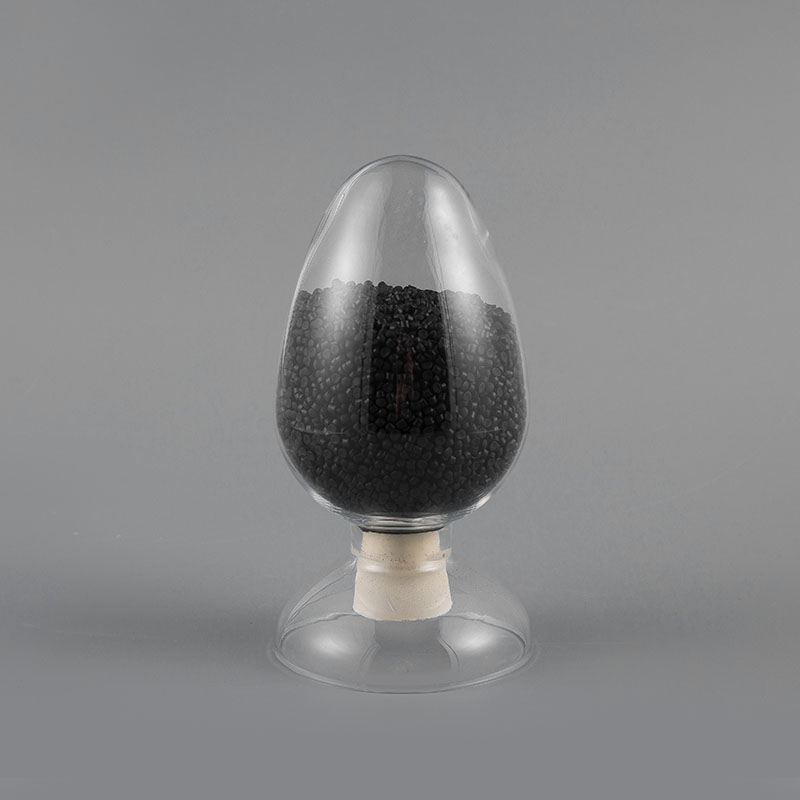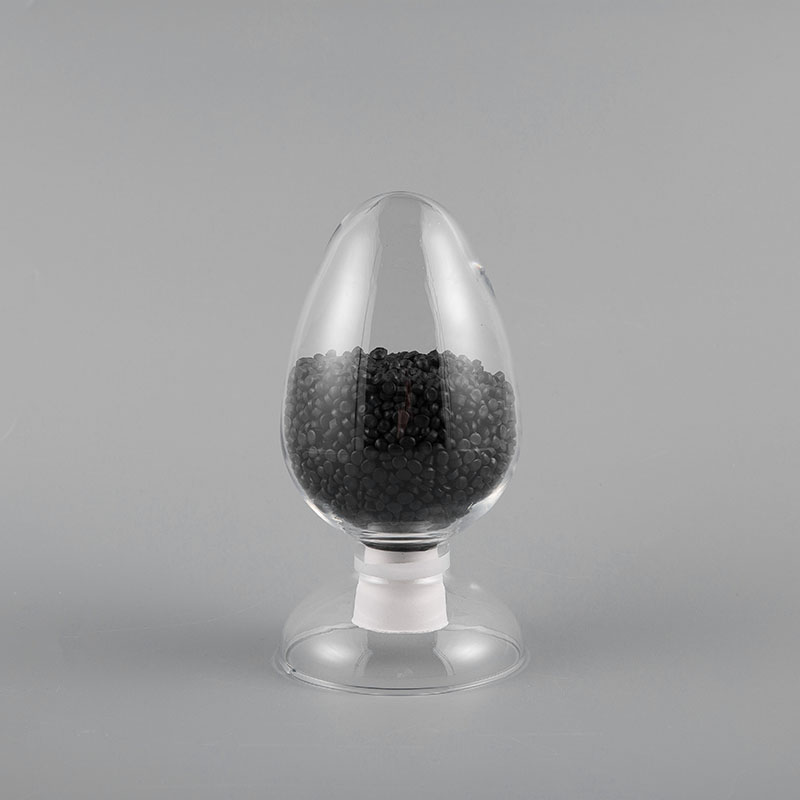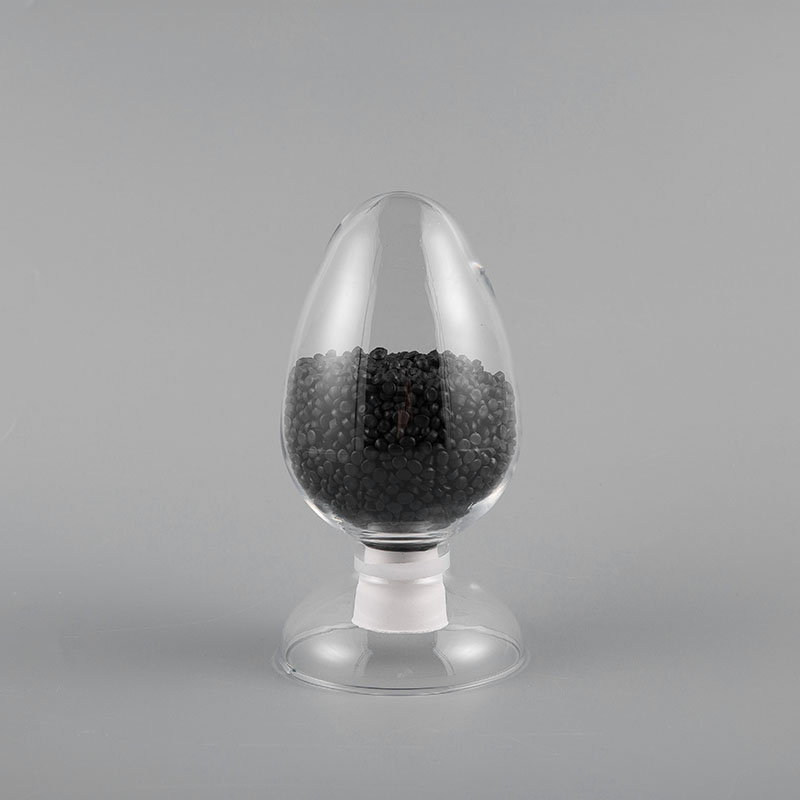- 1 Understanding PVC Compounds for Transportation Applications
- 2 Key Properties to Evaluate When Selecting Transportation Cable Compounds
- 3 Specialized PVC Compound Formulations for Transportation
- 4 Industry Standards and Compliance Requirements
- 5 Manufacturing Considerations for Transportation Cable Compounds
- 6 Future Trends in Transportation Cable Compounds
- 7 FAQ
- 7.1 What are the advantages of PVC compounds over other materials for transportation cables?
- 7.2 How do temperature requirements affect PVC compound selection for different transportation applications?
- 7.3 What fire safety standards apply to PVC compounds in transportation cables?
- 7.4 How do LSZH compounds compare to PVC for transportation applications?
- 7.5 What quality assurance measures should manufacturers implement for transportation-grade PVC compounds?
The selection of appropriate PVC compounds for transportation cables is critical for ensuring safety, durability, and performance in demanding environments. From railways and automotive systems to aerospace and marine applications, these specialized materials must meet stringent technical requirements. This comprehensive guide explores key considerations for specifying PVC cable compounds that deliver optimal results across various transportation sectors.
ML-R7052-83 105℃ PVC material for automotive cable
Understanding PVC Compounds for Transportation Applications
Polyvinyl chloride (PVC) compounds represent one of the most versatile and cost-effective insulation and sheathing materials for transportation cables. Their popularity stems from an excellent balance of electrical properties, mechanical strength, and environmental resistance. Modern PVC compounds for transportation cables are engineered to address specific challenges including temperature extremes, chemical exposure, mechanical stress, and fire safety regulations.
- Thermal Stability: Transportation environments often experience wide temperature fluctuations requiring compounds that maintain performance across operating ranges
- Flame Retardancy: Public transportation systems mandate materials with specific fire safety characteristics to prevent flame propagation
- Chemical Resistance: Exposure to oils, fuels, cleaning agents, and environmental contaminants necessitates robust formulation
- Mechanical Durability: Vibration, flexing, and abrasion resistance are essential for long service life in moving applications
- Environmental Compliance: Meeting international standards for smoke toxicity, halogen content, and recyclability
Key Properties to Evaluate When Selecting Transportation Cable Compounds
Choosing the right PVC compounds for transportation cables requires careful assessment of multiple performance parameters. Understanding these properties ensures the selected material will perform reliably throughout its intended service life while complying with relevant industry standards.
Thermal Performance Characteristics
Transportation cables operate across extreme temperature ranges, from sub-zero conditions to elevated temperatures in engine compartments or underground tunnels. The thermal properties of PVC compounds must be matched to the specific application requirements to prevent premature failure.
- Continuous Operating Temperature: Standard PVC compounds typically rated 70°C to 105°C, with specialized formulations exceeding these limits
- Low-Temperature Flexibility: Critical for applications in cold climates where materials can become brittle and crack
- Thermal Aging Resistance: Ability to retain properties after extended exposure to elevated temperatures
- Heat Deformation Resistance: Resistance to compression and deformation at high temperatures
| Temperature Rating | Typical Applications | Key Considerations |
| 70°C to 90°C | General purpose cabling, interior vehicle wiring | Cost-effective for moderate temperature environments |
| 90°C to 105°C | Engine compartments, high-temperature zones | Enhanced thermal stabilizers required |
| 105°C+ | Specialized applications near heat sources | Premium formulations with advanced stabilizers |
Mechanical and Physical Properties
The mechanical demands on transportation cables vary significantly based on installation location and operating conditions. Flexible PVC compounds for cables must withstand installation stresses and continuous operational challenges without degradation.
- Tensile Strength and Elongation: Balanced properties to resist tearing during installation while accommodating movement
- Abrasion Resistance: Protection against wear from vibration and contact with other surfaces
- Tear Resistance: Important for sheathing applications where sharp edges may be encountered
- Compression Set Resistance: Ability to recover after deformation, crucial for gaskets and sealed connections
Flame Retardancy and Smoke Properties
Fire safety represents a paramount consideration in transportation applications where passenger evacuation options may be limited. Modern flame retardant PVC compounds for cables are formulated to meet increasingly stringent international standards.
- Oxygen Index (LOI): Measurement of minimum oxygen concentration supporting combustion
- Flame Spread Resistance: Ability to prevent flame propagation along cable runs
- Smoke Density: Low smoke formulations improve visibility during evacuation
- Acid Gas Emission: Halogen-free alternatives reduce corrosive gas generation
| Fire Safety Property | Standard Test Methods | Transportation Application Requirements |
| Flame Spread | IEC 60332, UL 1581 | Category A for railways, specific spread distances |
| Smoke Density | ASTM E662, IEC 61034 | Low smoke requirements for enclosed spaces |
| Toxicity | NFPA 269, NES 713 | Regulated in mass transit and aviation |
Specialized PVC Compound Formulations for Transportation
Beyond standard formulations, several specialized PVC compounds address unique challenges in transportation environments. Understanding these options enables better material selection for specific application requirements.
Low Smoke Zero Halogen (LSZH) Compounds
While technically not PVC-based, LSZH compounds for transportation cables represent an important alternative where smoke toxicity and corrosion present significant concerns. These materials are increasingly specified for underground railways, aircraft, and ships where passenger safety during evacuation is paramount.
- Reduced Smoke Emission: Significantly lower smoke density compared to standard PVC during combustion
- Non-Corrosive Gases: Elimination of halogenated compounds prevents corrosive acid gas formation
- Fire Performance: Maintains circuit integrity while limiting flame spread
- Application Considerations: Generally higher cost and different processing characteristics than PVC
Weather and UV Resistant Formulations
Transportation cables exposed to outdoor environments require specialized PVC compounds with enhanced resistance to environmental factors. These formulations incorporate additives that protect against solar radiation, temperature cycling, and moisture.
- UV Stabilizers: Protection against molecular degradation from sunlight exposure
- Oxidation Resistance: Prevents embrittlement and cracking from thermal and environmental aging
- Hydrolysis Resistance: Maintains properties in high humidity and wet conditions
- Fungicide Additives: Inhibits biological growth in tropical and marine environments
Industry Standards and Compliance Requirements
The transportation sector operates under rigorous standardization to ensure interoperability, safety, and reliability. PVC compounds for transportation cables must comply with numerous international, regional, and application-specific standards.
Railway Standards and Specifications
Rail transportation represents one of the most standardized sectors for cable materials, with comprehensive requirements covering fire performance, mechanical properties, and environmental resistance.
- EN 45545: European standard for fire protection on railway vehicles
- NFPA 130: U.S. standard for fixed guideway transit and passenger rail systems
- BS 6853: British standard for fire precautions in the design of railway passenger rolling stock
- DIN 5510: German preventive fire protection in railway vehicles
Automotive and Road Vehicle Standards
Automotive cable compounds must meet specific requirements for temperature resistance, fluid compatibility, and flame retardancy while accommodating space and weight constraints.
- ISO 6722: Road vehicles - 60 V and 600 V single-core cables
- SAE J1128: Low tension battery cable
- LV 112: German automobile industry standard for high-temperature applications
- USCAR: United States Council for Automotive Research specifications
| Transportation Sector | Key Standards | Material Requirements |
| Railway | EN 45545, NFPA 130 | HL3 fire category, low smoke emission, specific toxicity limits |
| Automotive | ISO 6722, LV 112 | Temperature classes 105°C to 150°C, fluid resistance |
| Aerospace | AS 4373, EN 3475 | Light weight, high temperature resistance, specific smoke toxicity |
| Marine | IEC 60092, MIL-DTL-24643 | Flame retardancy, seawater resistance, low smoke zero halogen options |
Manufacturing Considerations for Transportation Cable Compounds
The production of high-quality PVC compounds for transportation cables requires sophisticated manufacturing capabilities and rigorous quality control. Companies like Hangzhou Meilin New Material Technology Co., Ltd. have established advanced production facilities specifically designed for cable compound manufacturing.
- Automated Production Lines: Ensure consistent quality and repeatable performance characteristics
- Advanced Testing Laboratories: Verify compliance with international standards and customer specifications
- Raw Material Control: Strict incoming inspection and qualification of all components
- Process Validation: Statistical process control and batch traceability throughout manufacturing
- Technical Support: Engineering expertise to assist with compound selection and application challenges
Future Trends in Transportation Cable Compounds
The evolution of PVC compounds for transportation cables continues in response to emerging technologies and regulatory developments. Several key trends are shaping the next generation of materials for this demanding sector.
- Sustainability Initiatives: Development of bio-based plasticizers and recyclable compound systems
- Higher Temperature Ratings: Materials capable of withstanding increasing thermal demands in electric vehicles and high-speed transportation
- Enhanced Fire Performance: Improved flame retardancy with reduced environmental impact
- Multi-functional Additives: Single additives providing multiple benefits to streamline formulations
- Digitalization and Industry 4.0: Smart manufacturing with real-time quality monitoring and predictive analytics
FAQ
What are the advantages of PVC compounds over other materials for transportation cables?
PVC compounds for transportation cables offer an optimal balance of properties including excellent electrical insulation, flexibility, durability, and flame retardancy at a competitive cost. Compared to alternative materials, PVC provides superior resistance to abrasion, chemicals, and moisture while maintaining flexibility across a wide temperature range. The material's inherent flame retardant properties can be further enhanced with specific additives to meet stringent transportation safety standards. Additionally, PVC compounds process efficiently using standard extrusion equipment, facilitating manufacturing consistency and reliability.
How do temperature requirements affect PVC compound selection for different transportation applications?
Temperature performance represents one of the most critical factors in selecting PVC compounds for transportation cables. Standard PVC compounds typically serve applications with continuous operating temperatures up to 105°C, while specialized formulations can extend this range. In railway applications, compounds must withstand temperature extremes from cold outdoor environments to heat generated by braking systems and electronics. Automotive applications, particularly in engine compartments and electric vehicle battery systems, increasingly demand higher temperature resistance. Proper compound selection ensures maintained flexibility at low temperatures while preventing deformation, cracking, or premature aging at elevated temperatures.
What fire safety standards apply to PVC compounds in transportation cables?
Fire safety standards for PVC compounds in transportation cables vary by sector and geography but share common requirements for flame spread, smoke density, and toxicity. The European railway standard EN 45545 categorizes materials based on operational risk levels, with HL3 representing the most stringent requirements. In mass transit, NFPA 130 establishes comprehensive fire safety requirements for fixed guideway systems. Automotive standards focus primarily on flame propagation resistance, while aerospace applications demand extremely low smoke generation and specific toxicity limits. These standards continuously evolve, driving development of advanced flame retardant PVC compounds for cables with improved environmental profiles.
How do LSZH compounds compare to PVC for transportation applications?
Low Smoke Zero Halogen (LSZH) compounds offer distinct advantages in specific transportation applications where smoke visibility and corrosion resistance are paramount. Unlike PVC compounds for transportation cables, LSZH materials generate minimal smoke when exposed to fire and produce non-corrosive combustion products. This makes them particularly valuable in enclosed transportation environments like aircraft, submarines, and underground railways where passenger evacuation may be challenging. However, LSZH compounds typically come with higher material costs, different processing characteristics, and generally inferior mechanical properties compared to PVC. The selection between these materials involves balancing safety requirements with technical performance and economic considerations.
What quality assurance measures should manufacturers implement for transportation-grade PVC compounds?
Manufacturers of PVC compounds for transportation cables should implement comprehensive quality assurance systems including raw material qualification, statistical process control, and finished product testing. Established producers like Hangzhou Meilin New Material Technology Co., Ltd. typically maintain ISO 9001 quality management systems with specific automotive or railway certifications where applicable. Key quality measures include incoming inspection of all raw materials, continuous monitoring of critical process parameters, and batch-by-batch testing of electrical, mechanical, and flame retardant properties. Additionally, quality systems should ensure full traceability from raw materials to finished compounds, supported by comprehensive documentation for compliance with industry standards.


 English
English 中文简体
中文简体 русский
русский







